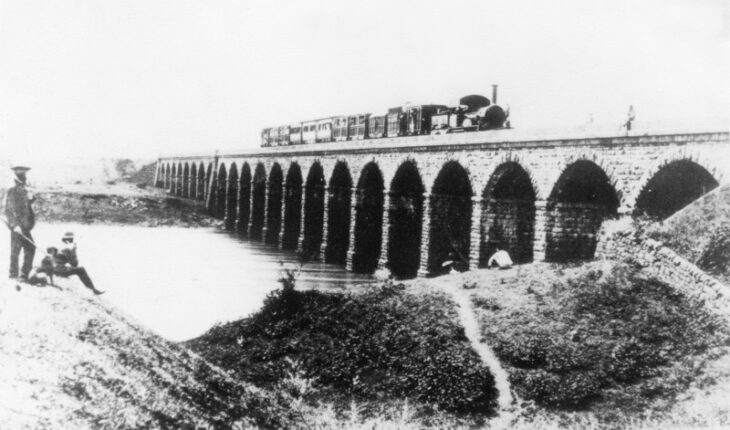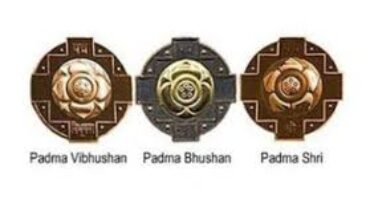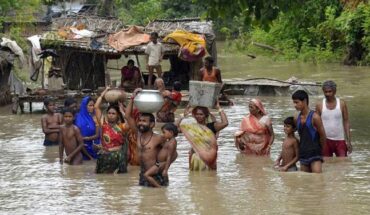By Dominick Rodrigues
Mumbai : The Central Railway — successor to the ‘Great Indian Peninsular’ (GIP) Railway – observed its platinum jubilee year on its formation day on 5.11.2020. The +first+ train in Asia (and India) ran between Mumbai and Thane on Saturday, April 16, 1853 at 3:35pm and that day was declared a ‘public holiday’. Bori Bunder — the point of departure — was thronged by a multitude, even as bands played and guns were fired from the Fort’s ramparts, when at the signalled moment, there steamed out from a +tiny wooden station+, a +little train hauled by three engines+ that heralded the dawn of the Railway Era in India.
As the years passed, the Great Indian Peninsula Railway expanded and the merger of the Indian Midland Railway Company with the G.I.P. Railway Company in 1900 witnessed its frontiers extending from Delhi in the North, Kanpur and Allahabad in the North-east and Nagpur in the East to Raichur in the South-east. Thus, through connection from Bombay was obtained to almost all parts of India. The route mileage of the G.I.P. Railway was 1,600. (2575 km)
On 5th November 1951, the Central Railway was formed by integrating Nizam State, Scindia State and Dholpur State Railways, with GIP Railway. The Central Railway suburban railway network has played a pioneering role in socio-economic growth of the city of Mumbai and also heralded the advent of mass rapid transit system in India. The Central Railway has come a long way since then and now it has a vast network of 4151.93 route km traversing through the states of Maharashtra, Madhya Pradesh and Karnataka. Mumbai Suburban Network of Central Railway is one of the largest networks in the world carrying approx. 4.5 million passengers every day.
In October 1966, one more railway viz. South Central Railway was formed by merging Solapur Division from CR and Secunderabad, Hubballi, Vijayawada Divisions from SR. On 2nd October 1977, Solapur Division was merged with CR and Guntakal Division from SR was included in South Central Railway.
Later in 2003, seven more zones were created wherein, Jabalpur and Bhopal Divisions of Central Railway were included in West Central Railway and Jhansi Division was included in North Central Railway. As on date, CR has 5 divisions viz. Mumbai, Bhusaval, Nagpur, Solapur, Pune with a network of 466 stations.
Presently, in the fight against corona pandemic, The Central Railway is playing a crucial role by transporting various commodities across the Nation and ensuring the supply chain. “We are committed to ensure the safety and security of our esteemed passengers and also of the Railway family,” a CR release stated.






